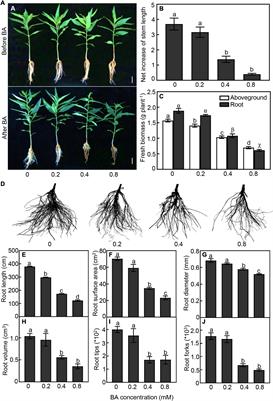EDITORIAL
Published on 07 Jun 2022
Editorial: Towards the Identification of Useful Genes for Prunus Breeding
doi 10.3389/fpls.2022.945476
- 674 views
4,462
Total downloads
20k
Total views and downloads
You will be redirected to our submission process.
EDITORIAL
Published on 07 Jun 2022
ORIGINAL RESEARCH
Published on 18 Mar 2022

ORIGINAL RESEARCH
Published on 14 Feb 2022
![Identification of Putative Markers of Non-infectious Bud Failure in Almond [Prunus dulcis (Mill.) D.A. Webb] Through Genome Wide DNA Methylation Profiling and Gene Expression Analysis in an Almond × Peach Hybrid Population](https://www.frontiersin.org/files/myhome article library/804145/804145_Thumb_400.jpg)
ORIGINAL RESEARCH
Published on 26 Jan 2022

ORIGINAL RESEARCH
Published on 15 Dec 2021

ORIGINAL RESEARCH
Published on 17 Feb 2021

